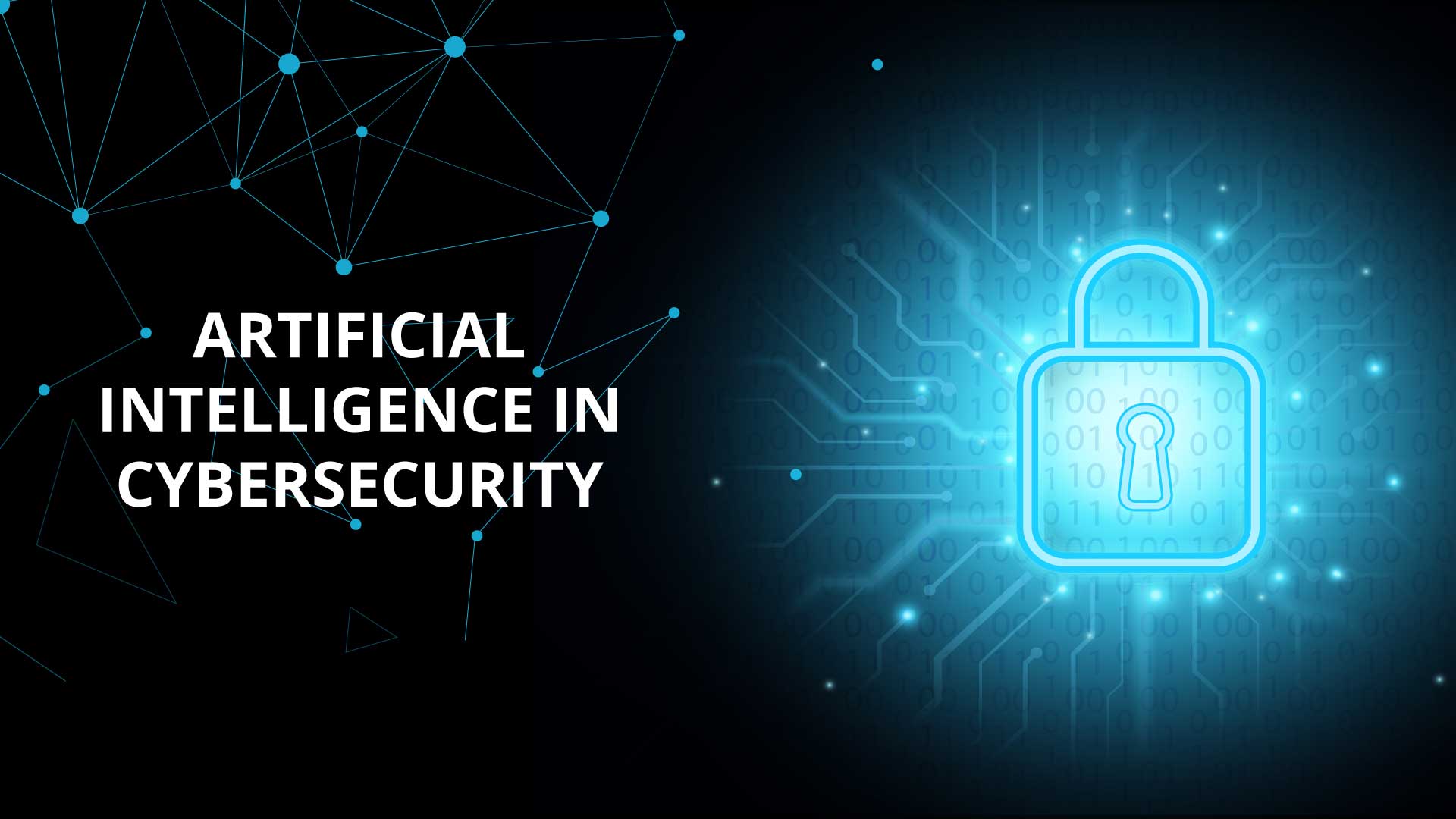“Cybercrime is the biggest challenge these days with development and access to technology across the globe.”
– Rajnath Singh, Minister of Home Affairs of India
With increasing global connectivity, the Internet has become the new frontier for criminal offenses. Cybercrime poses a persistent threat to governments, financial institutions, and businesses around the world. Whether it is an egotistical motive or for economic gains, attacks are on the rise as more societies evolve around advanced technologies. Hence, Cybersecurity will remain a constant for the entirety of our digital lives.
One of the crucial roles of Artificial Intelligence is to offload work from cybersecurity engineers, especially in those areas where humans cannot manage quickly or accurately enough. AI applications can identify threats and adapt to changes as they arise.
Security needs that AI tools can help to meet:
Quick detection and response time
AI can facilitate making calls on the priorities of the incidents and suggest plans for optimizing resources. It can rapidly cross-reference different alerts and sources of data and speed up detection of problems.
Managing massive volumes of security data
AI software running on powerful processors can handle loads of log data and alerts produced by systems these days. It can process more information and list anomalies immediately than humans could.
Make it easy for human security experts
Leveraging AI will improve the overall security capabilities of the cybersecurity team. It can reduce the workload and enable humans to use their experience and judgment to implement better security strategies.
Identify threats within the system
Cybercriminals often come across as ordinary people but could be hiding within the system. AI can help analyze suspicious behaviors and situations to identify potential threats that can lead to malicious activities.
How does AI work
Machine learning is about taking data from the past and using it for various purposes. Therefore, you can’t turn on an AI system and expect it to add an active layer of defense to the software or network all by itself. It needs to be fed with massive data sets to achieve the capabilities of identifying anomalies. More the data, better is the competency of the system. The AI algorithms identify patterns and set a baseline for normal performance. It helps to recognize the hacker or threats to the system. Efficient AI tools can detect an attack at the earliest and alert the right security experts.
With advancements in machine learning algorithms, will it eliminate the need for human inputs? Well, the truth is AI still recognizes a lot of false positives, and this is why human intervention is necessary during threat detection to decide what action to take next. Cybercriminals are always looking for new ways to execute attacks and may even leverage AI for their purpose! It calls for an investment in best machine learning software for better data management to detect threats and evict attacks before any severe damage is done.



No comments yet.
Leave a Comment
Let us know your thoughts on this !